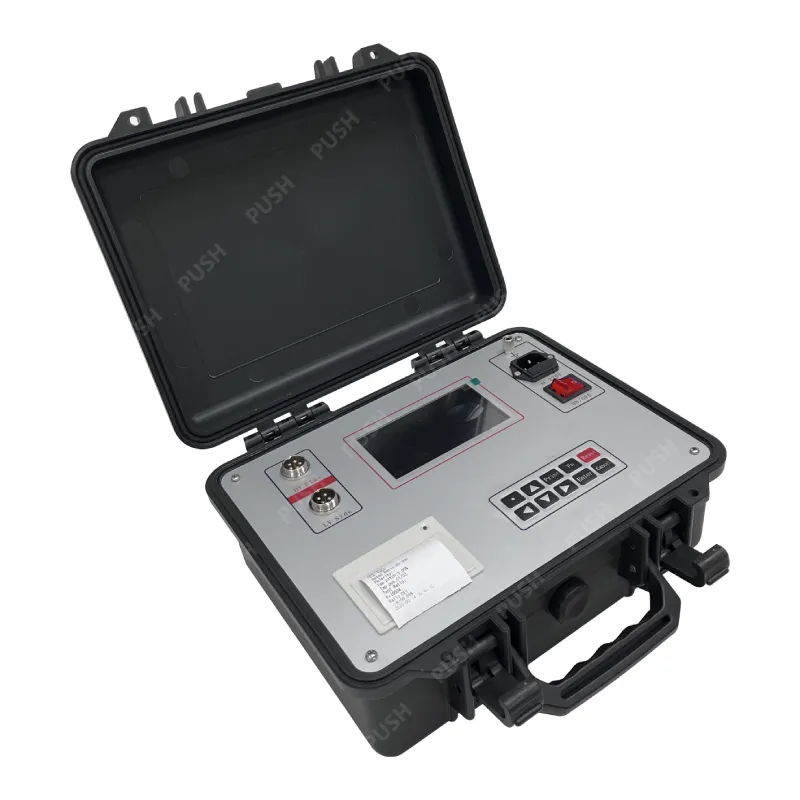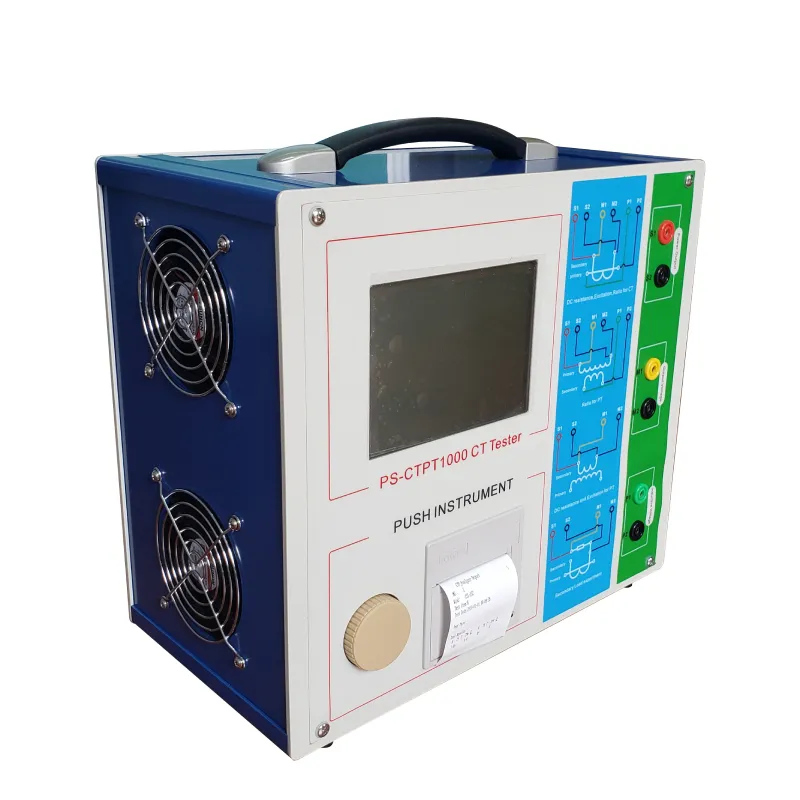TEL:
+86-0312-3189593
 English
English

Telephone:0312-3189593

Email:sales@oil-tester.com

-
 Afrikaans
Afrikaans -
 Albanian
Albanian -
 Amharic
Amharic -
 Arabic
Arabic -
 Armenian
Armenian -
 Azerbaijani
Azerbaijani -
 Basque
Basque -
 Belarusian
Belarusian -
 Bengali
Bengali -
 Bosnian
Bosnian -
 Bulgarian
Bulgarian -
 Catalan
Catalan -
 Cebuano
Cebuano -
 China
China -
 China (Taiwan)
China (Taiwan) -
 Corsican
Corsican -
 Croatian
Croatian -
 Czech
Czech -
 Danish
Danish -
 Dutch
Dutch -
 English
English -
 Esperanto
Esperanto -
 Estonian
Estonian -
 Finnish
Finnish -
 French
French -
 Frisian
Frisian -
 Galician
Galician -
 Georgian
Georgian -
 German
German -
 Greek
Greek -
 Gujarati
Gujarati -
 Haitian Creole
Haitian Creole -
 hausa
hausa -
 hawaiian
hawaiian -
 Hebrew
Hebrew -
 Hindi
Hindi -
 Miao
Miao -
 Hungarian
Hungarian -
 Icelandic
Icelandic -
 igbo
igbo -
 Indonesian
Indonesian -
 irish
irish -
 Italian
Italian -
 Japanese
Japanese -
 Javanese
Javanese -
 Kannada
Kannada -
 kazakh
kazakh -
 Khmer
Khmer -
 Rwandese
Rwandese -
 Korean
Korean -
 Kurdish
Kurdish -
 Kyrgyz
Kyrgyz -
 Lao
Lao -
 Latin
Latin -
 Latvian
Latvian -
 Lithuanian
Lithuanian -
 Luxembourgish
Luxembourgish -
 Macedonian
Macedonian -
 Malgashi
Malgashi -
 Malay
Malay -
 Malayalam
Malayalam -
 Maltese
Maltese -
 Maori
Maori -
 Marathi
Marathi -
 Mongolian
Mongolian -
 Myanmar
Myanmar -
 Nepali
Nepali -
 Norwegian
Norwegian -
 Norwegian
Norwegian -
 Occitan
Occitan -
 Pashto
Pashto -
 Persian
Persian -
 Polish
Polish -
 Portuguese
Portuguese -
 Punjabi
Punjabi -
 Romanian
Romanian -
 Russian
Russian -
 Samoan
Samoan -
 Scottish Gaelic
Scottish Gaelic -
 Serbian
Serbian -
 Sesotho
Sesotho -
 Shona
Shona -
 Sindhi
Sindhi -
 Sinhala
Sinhala -
 Slovak
Slovak -
 Slovenian
Slovenian -
 Somali
Somali -
 Spanish
Spanish -
 Sundanese
Sundanese -
 Swahili
Swahili -
 Swedish
Swedish -
 Tagalog
Tagalog -
 Tajik
Tajik -
 Tamil
Tamil -
 Tatar
Tatar -
 Telugu
Telugu -
 Thai
Thai -
 Turkish
Turkish -
 Turkmen
Turkmen -
 Ukrainian
Ukrainian -
 Urdu
Urdu -
 Uighur
Uighur -
 Uzbek
Uzbek -
 Vietnamese
Vietnamese -
 Welsh
Welsh -
 Bantu
Bantu -
 Yiddish
Yiddish -
 Yoruba
Yoruba -
 Zulu
Zulu
មករា . 11, 2025 11:27
Back to list
flash point tester manufacturers
An oil flash point tester is an indispensable tool for professionals in the lubrication and refining industries, delivering vital data regarding the safety and quality of petroleum products. Insight into the flash point of oil reveals the temperature at which the oil emits vapor that can ignite when exposed to a flame, hence determining its flammability and ensuring safety protocols.
Authoritativeness in this domain is exemplified by leading manufacturers who set the benchmark for quality and innovation. They invest heavily in R&D to introduce cutting-edge features such as touch screen interfaces and pre-programmed standard test sequences that enhance usability. Collaboration with industry associations enhances the credibility of their products, bringing assurance and peace of mind to the user. Lastly, trustworthiness is built over time through consistent performance and adherence to stringent testing standards. A loyal customer base often serves as a testament to an oil flash point tester's reliability. Independent certifications and rigorous third-party testing further bolster confidence in these tools, making them indispensable assets. In light of these considerations, when procuring an oil flash point tester, a comprehensive understanding of the equipment's features and capabilities not only ensures compliance with safety standards but also enhances overall operational efficiency. Prioritizing these elements facilitates informed decision-making, aligning with the core values of experience, expertise, authoritativeness, and trustworthiness fundamental to SEO best practices.


Authoritativeness in this domain is exemplified by leading manufacturers who set the benchmark for quality and innovation. They invest heavily in R&D to introduce cutting-edge features such as touch screen interfaces and pre-programmed standard test sequences that enhance usability. Collaboration with industry associations enhances the credibility of their products, bringing assurance and peace of mind to the user. Lastly, trustworthiness is built over time through consistent performance and adherence to stringent testing standards. A loyal customer base often serves as a testament to an oil flash point tester's reliability. Independent certifications and rigorous third-party testing further bolster confidence in these tools, making them indispensable assets. In light of these considerations, when procuring an oil flash point tester, a comprehensive understanding of the equipment's features and capabilities not only ensures compliance with safety standards but also enhances overall operational efficiency. Prioritizing these elements facilitates informed decision-making, aligning with the core values of experience, expertise, authoritativeness, and trustworthiness fundamental to SEO best practices.
Latest news
-
Exploring the Main Types of Industrial Endoscopes and Their Applications Across IndustriesNewsJul.04,2025
-
Testing Equipment Industry Sees Major Advancements in 2025: Smart & Precision Technologies Lead the WayNewsJun.06,2025
-
Applications of Direct Current Generators in Renewable Energy SystemsNewsJun.05,2025
-
Hipot Tester Calibration and Accuracy GuidelinesNewsJun.05,2025
-
Digital Circuit Breaker Analyzer Features and BenefitsNewsJun.05,2025
-
Benefits of Real-Time Power Quality Monitoring Devices for Industrial EfficiencyNewsJun.05,2025



